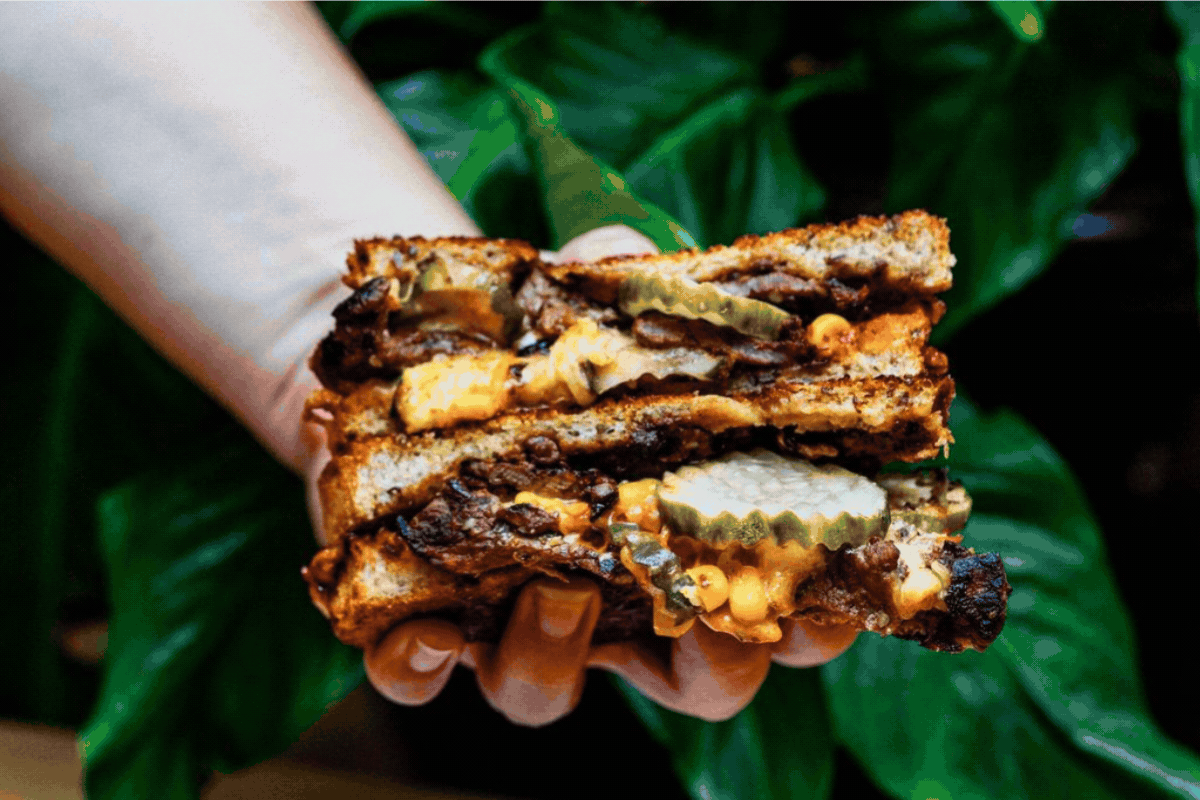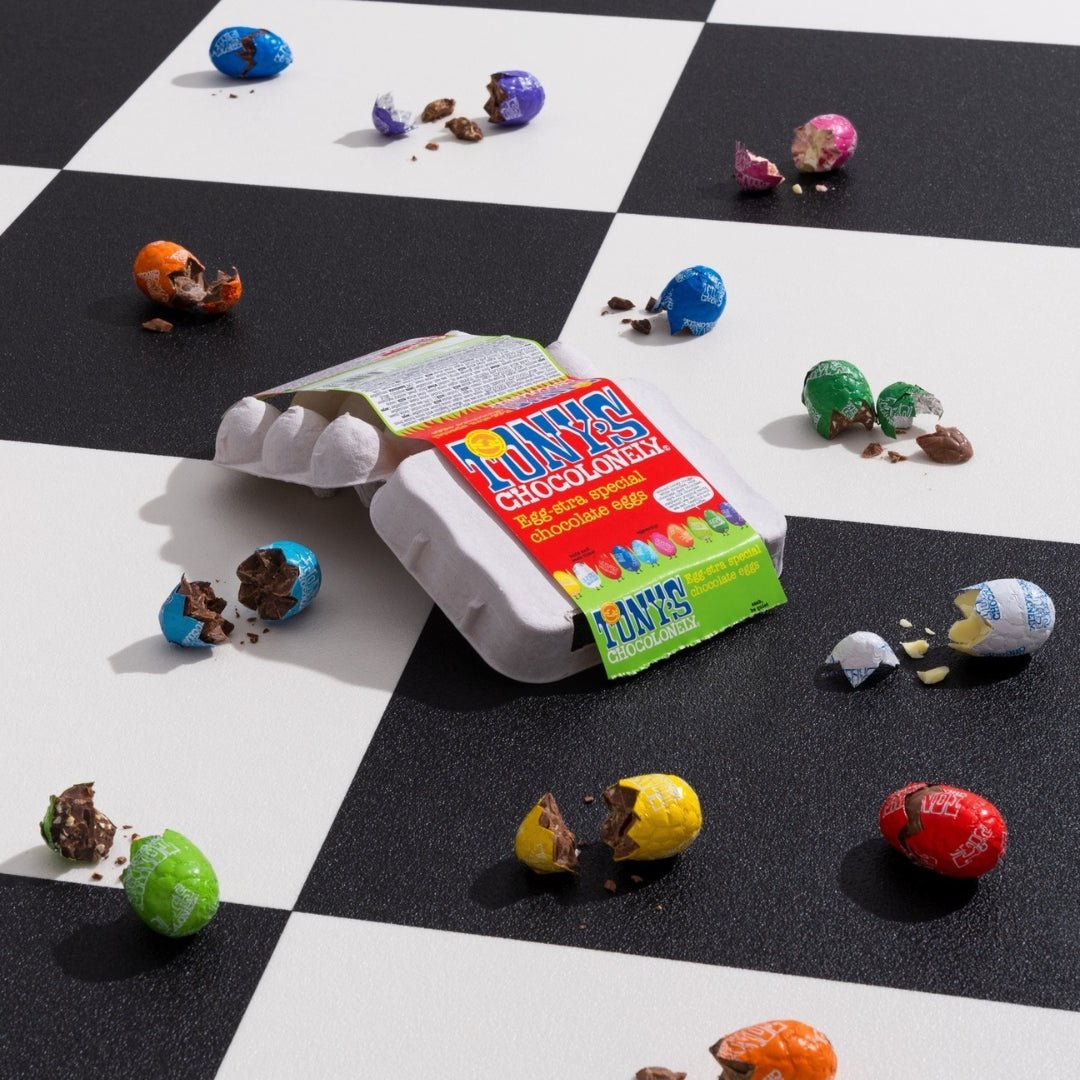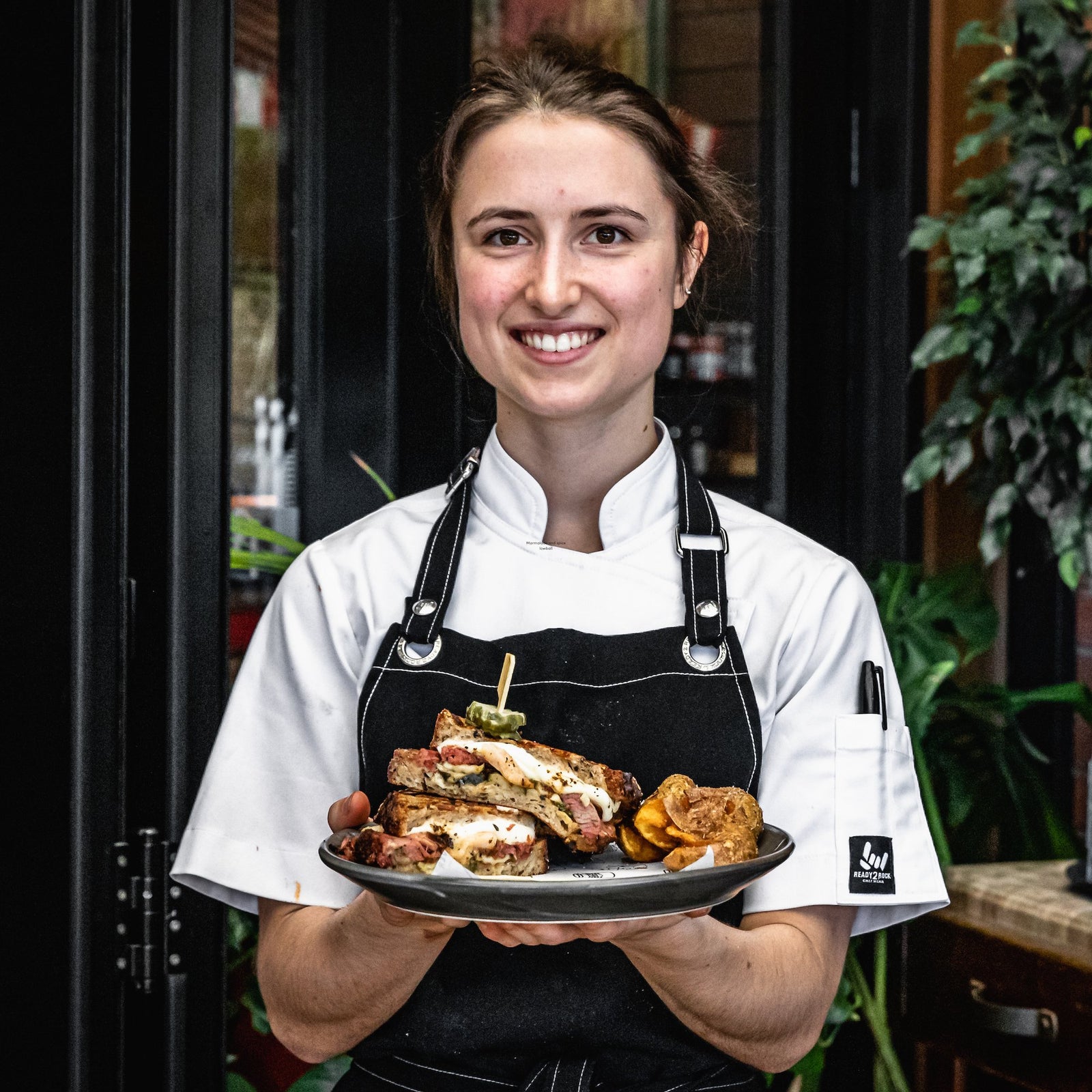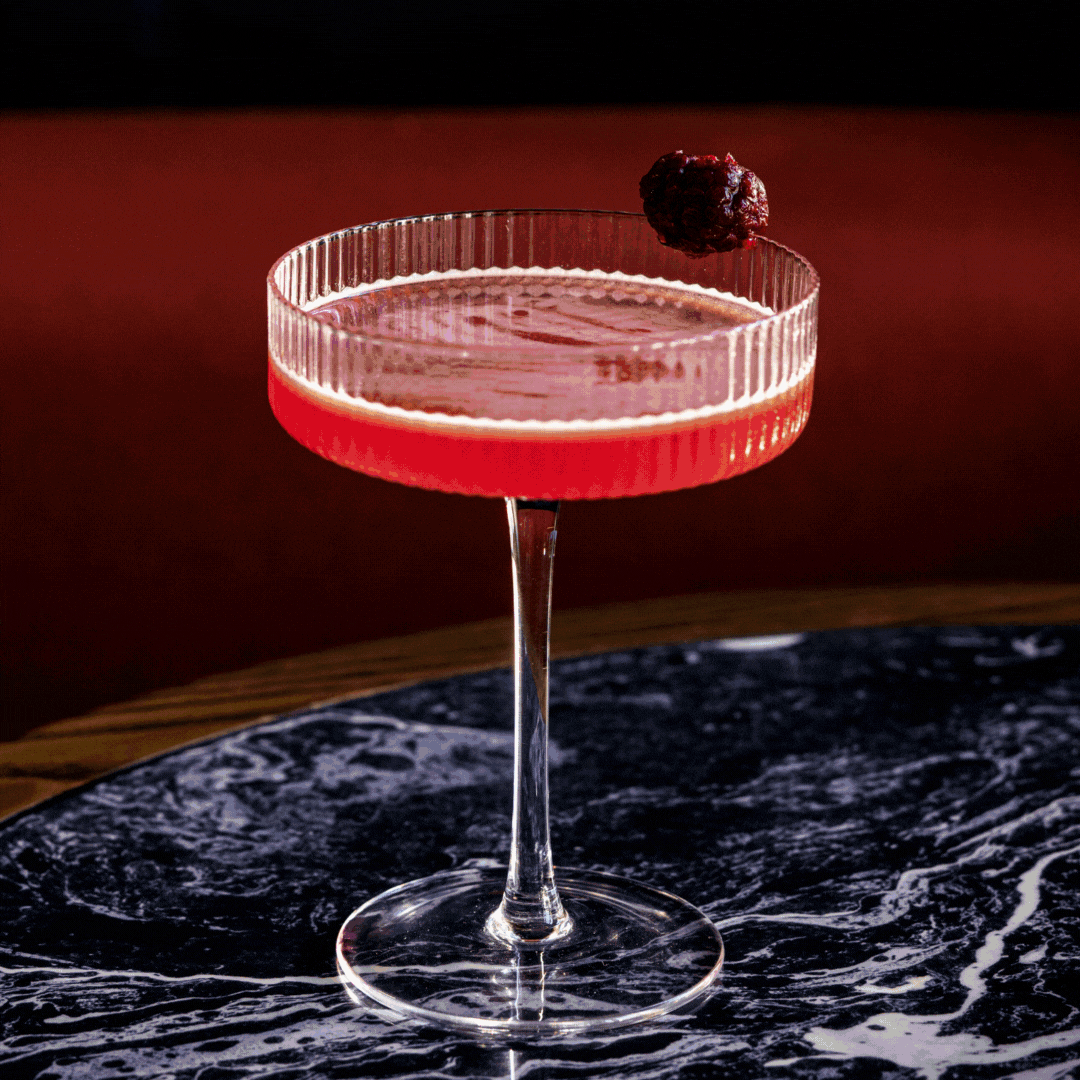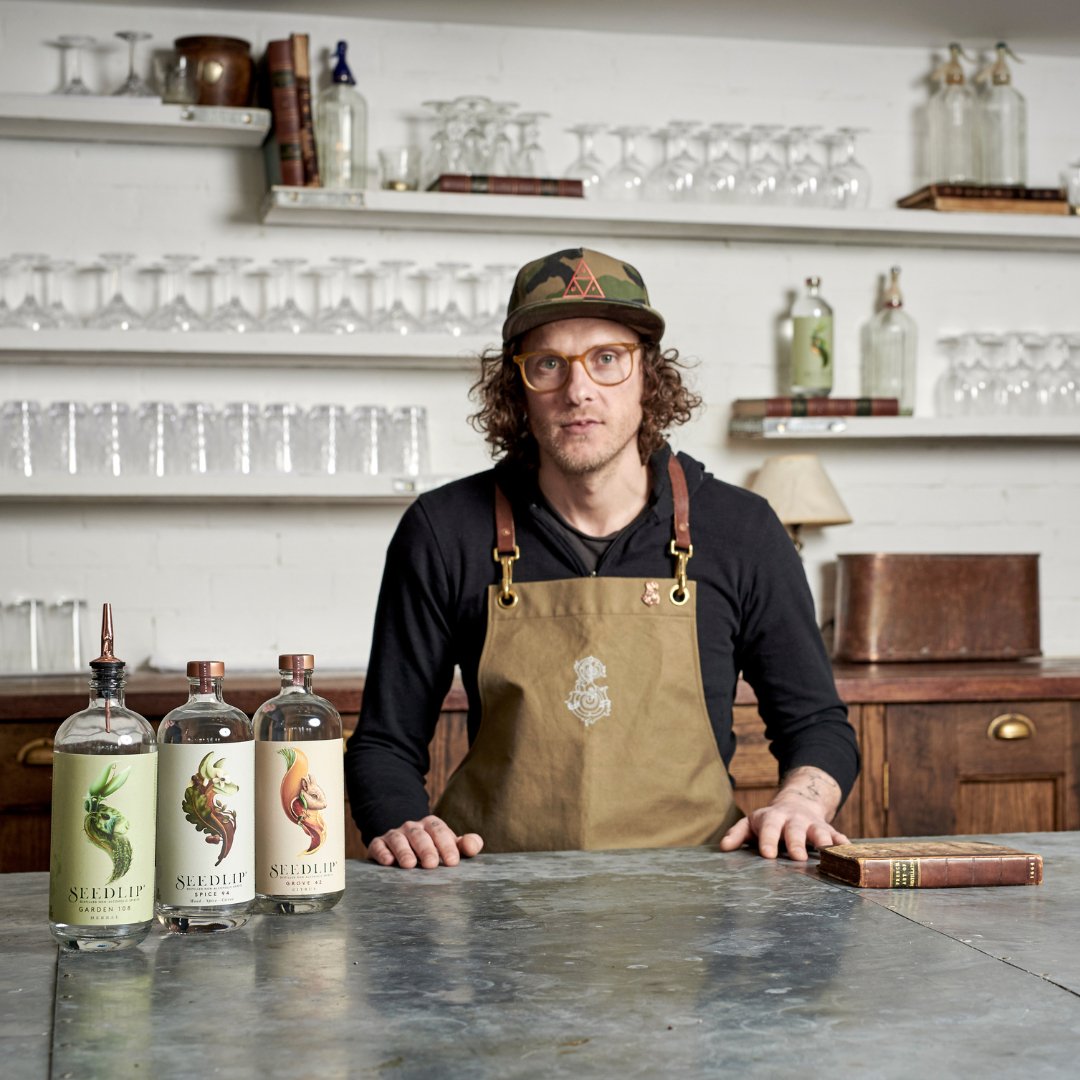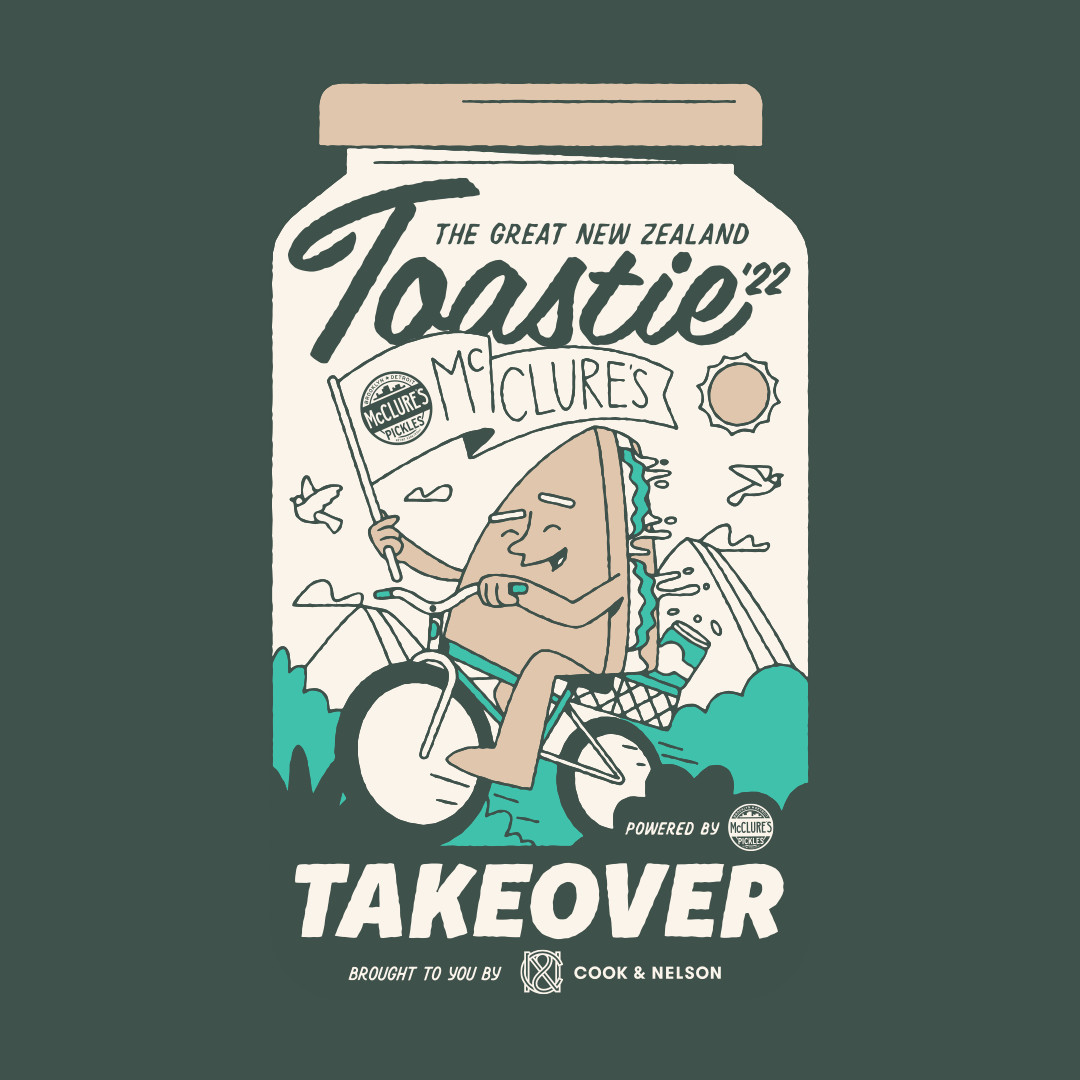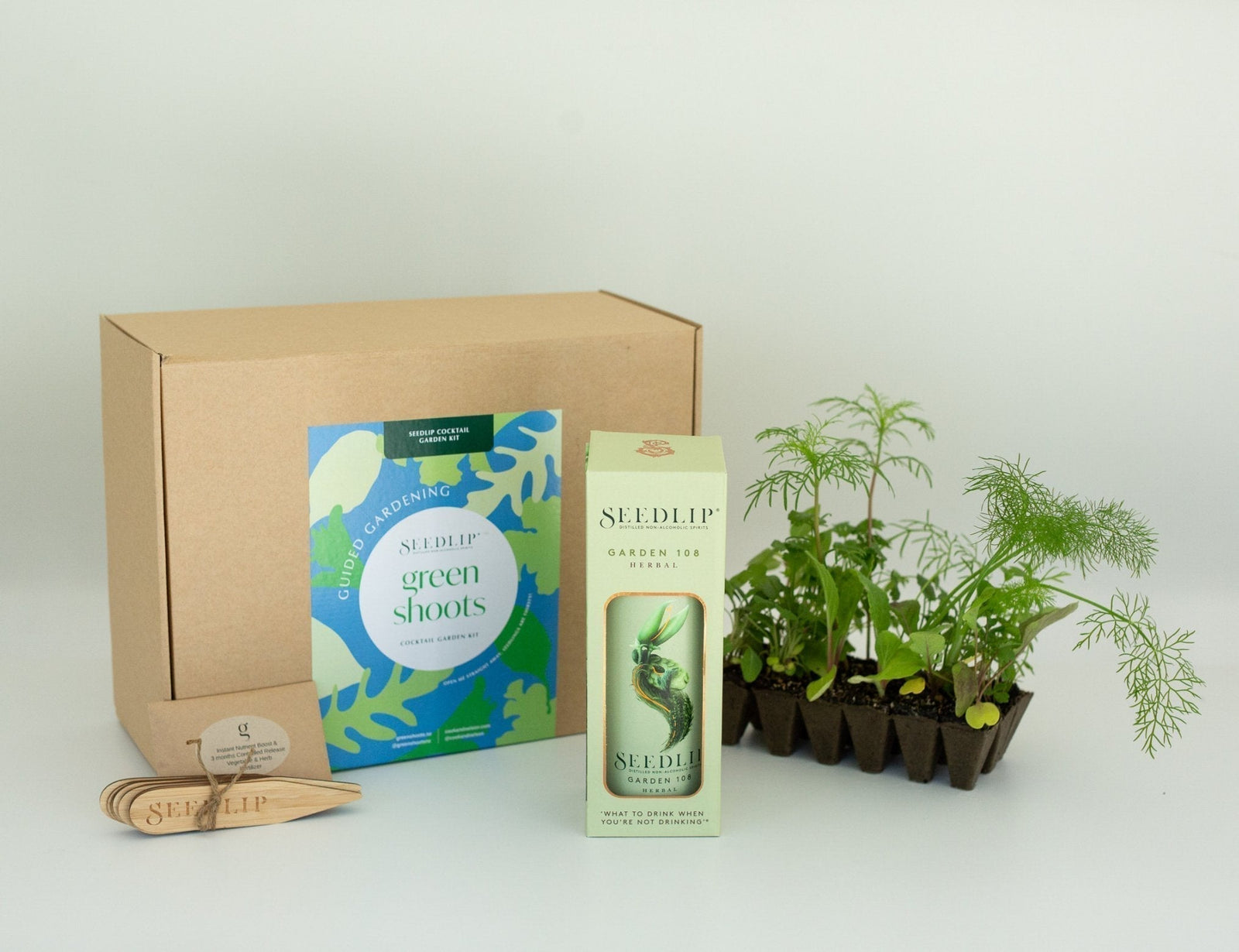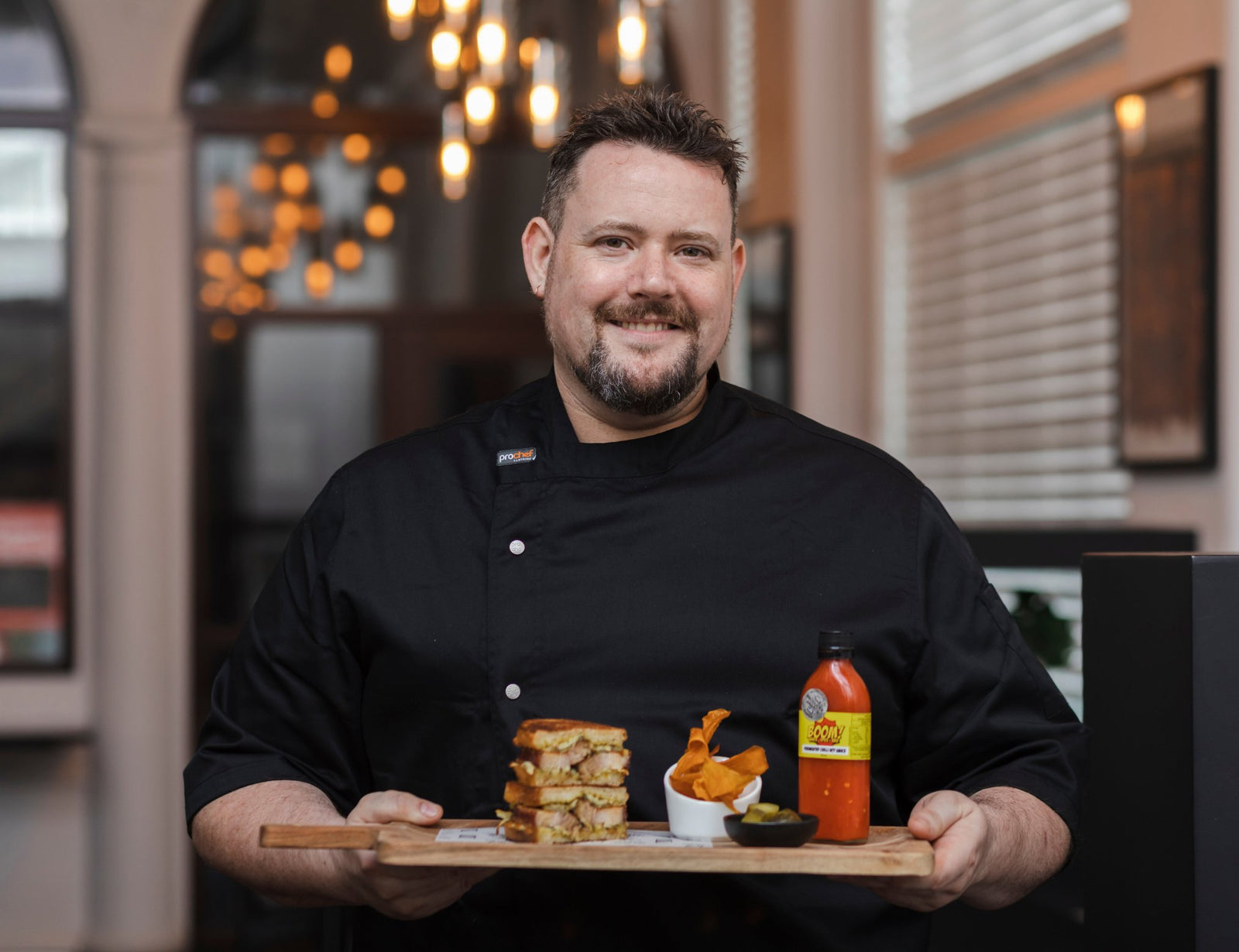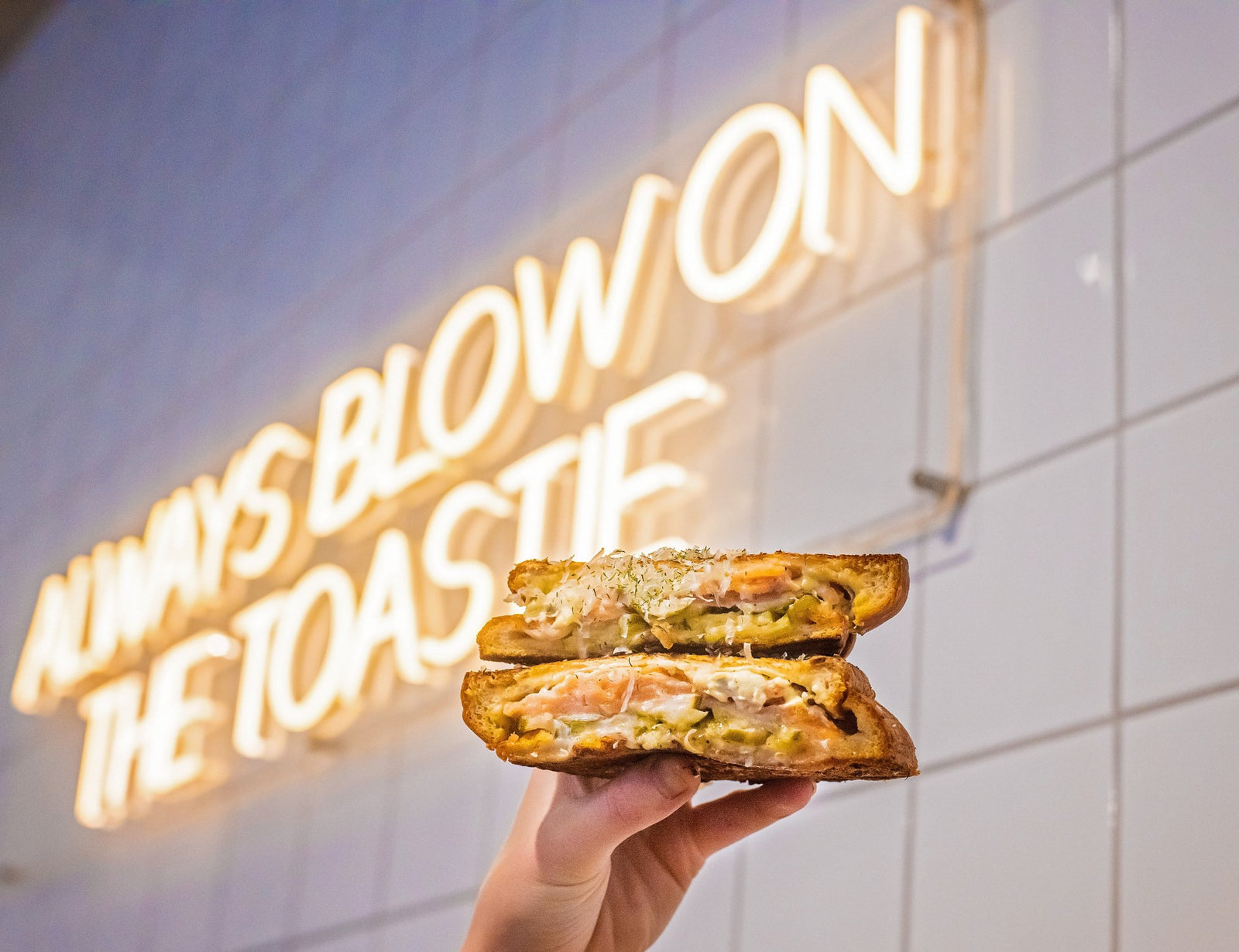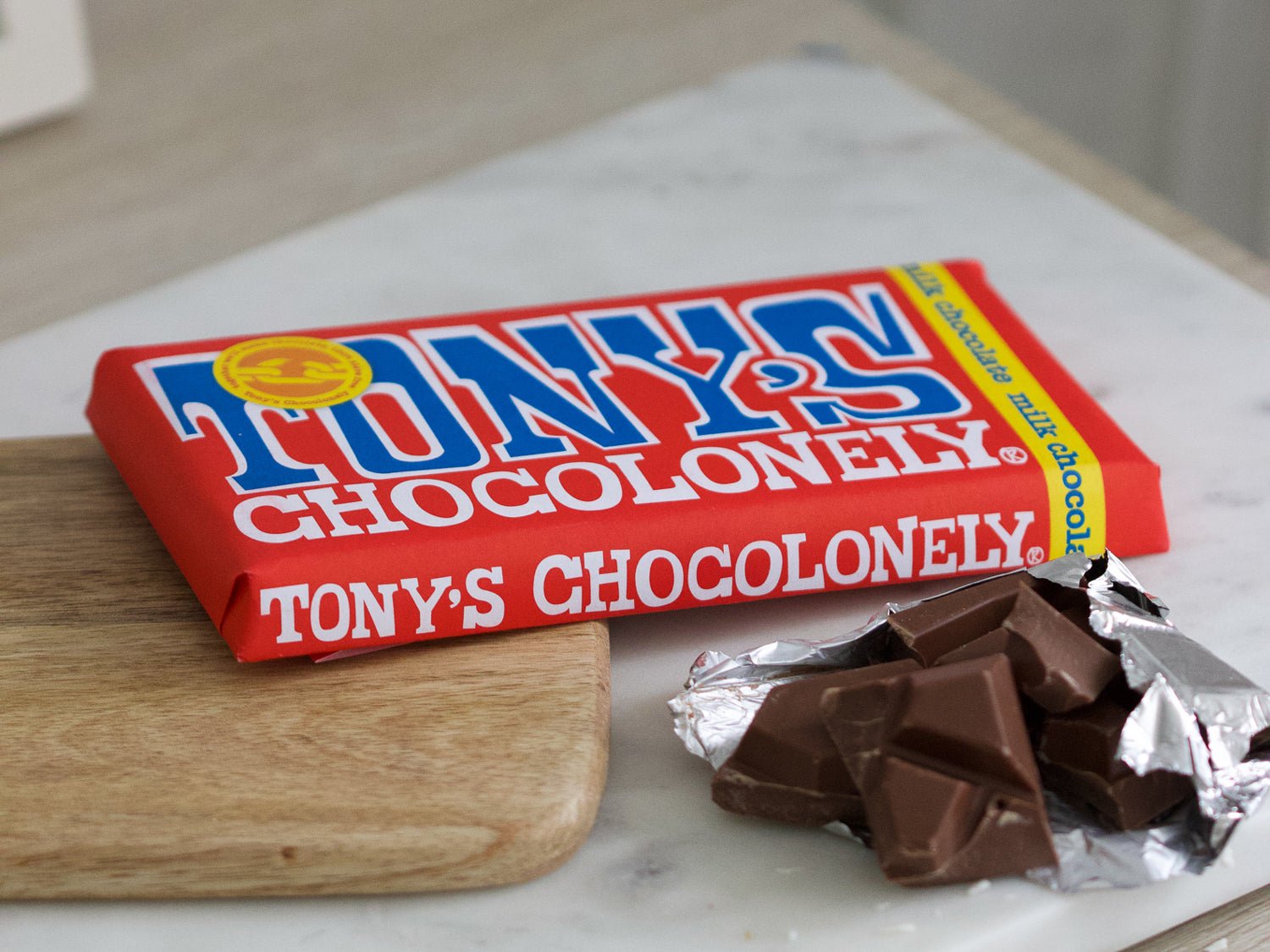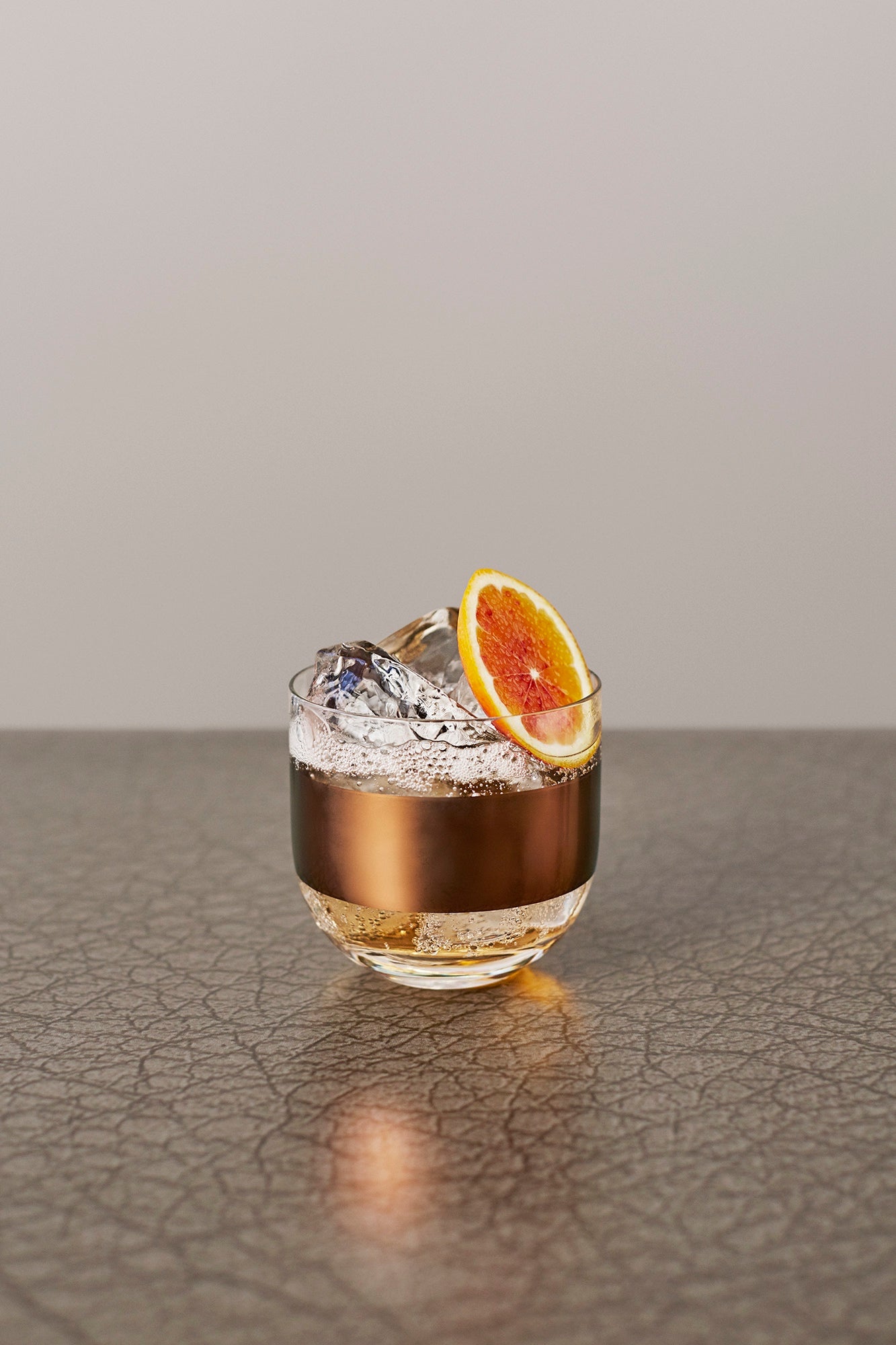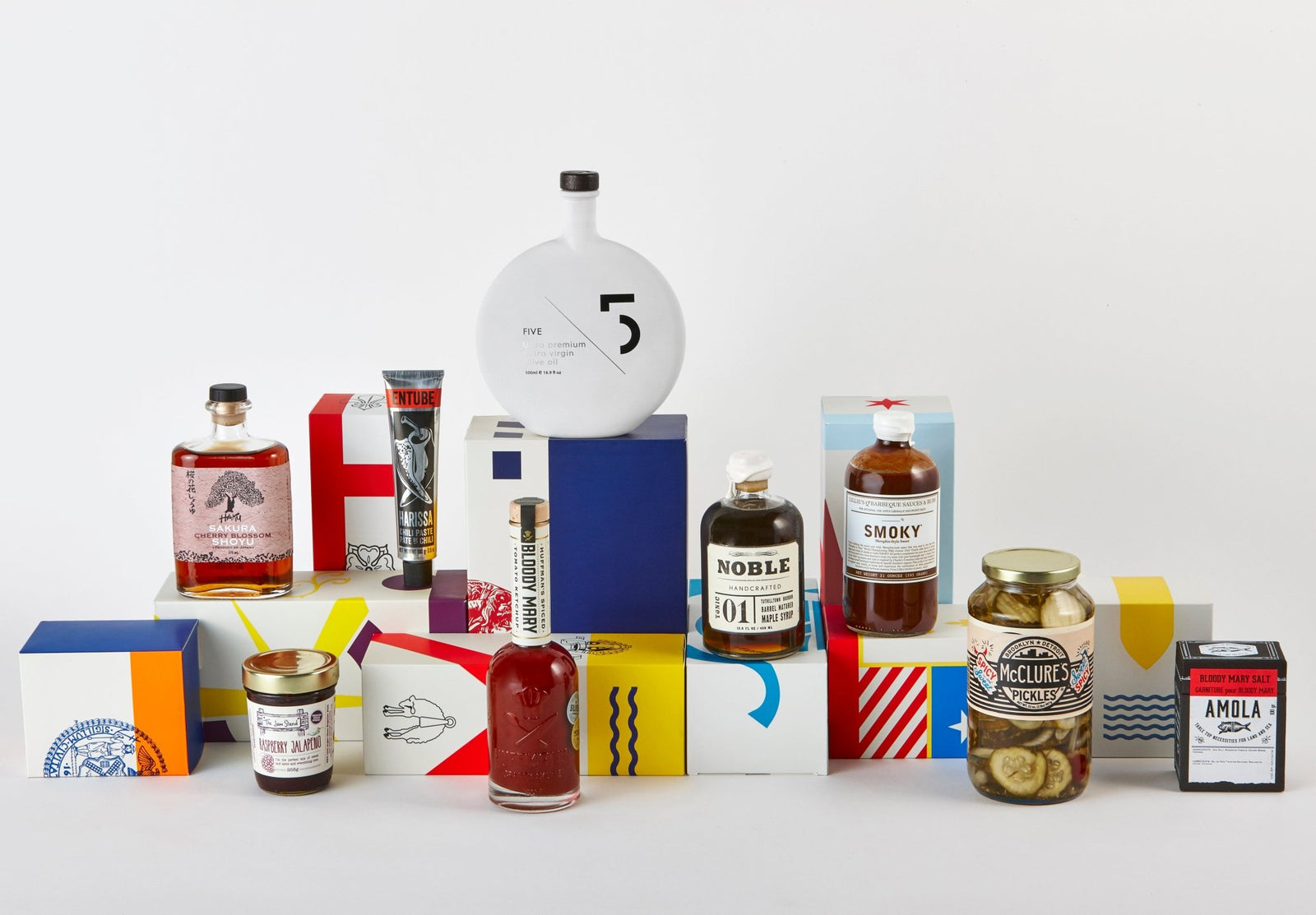1. What is a non-alcoholic spirit? Is it the same as a flavoured water?
Seedlip is the world’s first distilled non-alcoholic spirit, solving the ever-growing dilemma of ‘what to drink when you’re not drinking ®’. It is based on the distilled non-alcoholic remedies from The Art of Distillation written in 1651, and now repurposed to pioneer a new category of drinks.
The bespoke distillation process used to make Seedlip meets the requirements of calling the liquid a spirit. A very small amount of Neutral Grain Spirit – or Alcohol – is used at the very early stages of the process to extract the most flavour we can out each of the premium ingredients we use. This alcohol is then removed using a secret method before the ingredients are expertly blended together to make Seedlip.
Craftmanship, ingenuity and bespoke methods are all involved in the creation of our spirits –– just as they do in the creation of our alcoholic counterparts.
Unlike a flavoured water, Seedlip is sophisticated and complex. It works with the palate and can complement a delicious meal. It offers those not wanting to drink alcohol, the ritual, flavour and sense of occasion; and bartenders working in world-class bars and restaurants around the world love to use Seedlip to make non-alcoholic cocktails.
2. How is Seedlip made?
We carefully source and select herbs, spices, peels and barks, working closely with growers and fellow farmers including our own farm to find the very best ingredients that our master distiller can work with.
Seedlip takes six weeks to make and involves bespoke maceration, copper pot distillation, blending and filtration process for each individual ingredient. It is then blended and bottled in England.
We are transparent about our ingredients, but as we are the first people to make distilled non-alcoholic spirits, we can’t share all the details of our methods!
3. Why is Seedlip expensive?
Seedlip sources the highest quality ingredients from our farmers around the world. The production process takes over six weeks, from individually distilling each ingredient to the final bottling. This is longer than a traditional spirit might take to produce, but we take time to get the best flavours from all of our natural ingredients to ensure we deliver a quality drink experience for our consumers.
Seedlip is priced based on three things: I. The cost of sourcing the highest quality ingredients from our farmers around the world. II. The time, effort, equipment & expertise it takes to make a bottle of Seedlip [over six weeks individually distilling each ingredient]. III. The use, licences and associated tax and legal requirements of using alcohol in the process.
4. What ingredients are in each Seedlip spirit?
There are six botanicals in each Seedlip Spirit and all Seedlip products are sugar-free and sweetener-free.
-
Seedlip Garden 108: Water, Natural Botanical Distillates and Extracts, Preservative: Potassium Sorbate, Acid: Citric acid. A complex, herbal blend of individually copper pot distilled Peas, Hay and traditional English herbs.
-
Seedlip Spice 94: Water, Natural Botanical Distillates and Extracts, Preservative: Potassium Sorbate, Acid: Citric acid. A blend of aromatic Jamaican Allspice berry and Cardamom distillates with two barks, and a bright citrus finish.
- Seedlip Grove 42: Water, Natural Botanical Distillates and Extracts, Preservative: Potassium Sorbate, Acid: Citric acid. A sophisticated, warm, citrus blend using three varieties of Mediterranean Orange, Lemon peel, Ginger and Lemongrass distillates with the cool prickle of Japanese Sansho Peppercorn.
5. What animals are in Seedlip label illustrations & what do the numbers mean?
All the animals on our bottles: the Fox, the Hare & the Squirrel, can all be found on, our founder, Ben Branson’s family farm.
The label illustrations, designed by Raku Inoue, are made up of each of the six plant distillates used to make each Seedlip Spirit. Look closely and you’ll discover the ears of the Hare are Sugar Snap Peas, the head of the Squirrel is Ginger root, and the body of the Fox is made up of the quality Cascarilla & Oak bark found in Spice 94.
The numbers relate to an interesting fact about the hero ingredient within each Seedlip Spirit:
-
Seedlip Spice 94 1494 was the year European explorers came across Allspice berries growing in Jamaica.
-
Seedlip Garden 108 On average, from the day they're sown, Peas take 108 days to grow and mature enough to be harvested.
- Seedlip Grove 42 Although Oranges have been grown in the Far East for thousands of years, it wasn’t till 1542 that the fruit made its way into Europe, and the colour orange first got its name.
6. How do I drink Seedlip?
All Seedlip spirits are best served with tonic/soda or as the base for non-alcoholic cocktails.
Alcohol carries flavour very well, as does sugar – Seedlip contains neither – but when mixed with tonic or within cocktails our spirits really shine and open up the complexity & strength of our plant distillates.
We always recommended Seedlip is served as a 50ml measure over lots of ice, partnered with a mixer, and never drank neat.
To garnish, we suggest using a Sugar Snap Pea for Garden 108 (we like to gently snap it, so it releases all those lovely green notes); an Orange twist for Grove 42; and a Grapefruit peel for Spice 94 – it makes all the difference!
Our recommended serves are:
-
Seedlip Garden 108: 50ml With Fever-Tree Indian tonic / Fever-Tree Elderflower Tonic: 125ml Garnish: A snapped Pea pod
-
Seedlip Grove 42: 50ml With Indian tonic / Fever-Tree Soda: 125ml Garnish: Orange twist
- Seedlip Spice 94: 50ml Fever-Tree Indian tonic / Fever-Tree Ginger Ale: 125ml Garnish: Grapefruit peel














